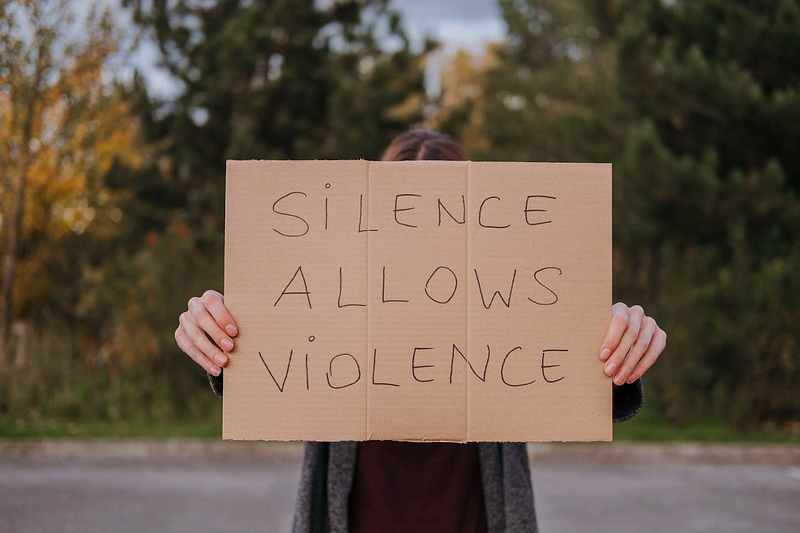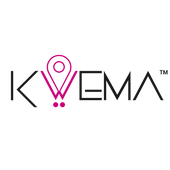Security and safety management isn’t an easy task and we know it. Managers need to take care of multiple situations at the same time while being aware of the different contexts and day-to-day environments that may put their people at risk. Therefore we bring you this guide so you don’t worry about forgetting any point when assessing risk at your facility.
prepared, risk, risk management, nurse safety
8 Do’s when assessing risk at your facility
1. Observe, not just see
Use all your senses and observe your daily operations, hear your staff, smell and touch your surroundings. We bet that, combined with your knowledge and experience, this will give you a deep insight into your facility’s needs.
2. Keep Material Safety Data Sheets (MSDSs) from suppliers and manufacturers
We know this may give you a lot of paperwork but this is your chance to secure and organize all data sheets that would help you identify possible harm and hazardous substances. Your staff can help here as well, a hospital is full of professionals, don’t miss the chance of asking for their points of view and knowledge.
3. Survey working areas
Ask others about their security and safety concerns, conduct surveys and gather data by working areas to identify vulnerable spots. Don’t forget to include both workers and visitors.
4. Keep all your records and analysis
This way you’ll be able to identify trends by keeping data of your surveys, identified hazards, claims, etc.
5. Conduct discussion groups
What a better way to understand your facility’s hazards than asking those who are at risk? Identify hazards and solutions along with your workers recommendations.

prepared, risk, risk management, nurse safety
6. Create a safety committee
Safety is all about teamwork, therefore all hands and help is useful. Having a special committee will help you prepare a safety management plan. And feeling accompanied on this journey is a plus!
7. Watch the news
Be informed of the latest information about the healthcare industry, the good and the bad, the trends, the tech, everything! Follow all those leaders, colleagues and media that make a reliable news source.
8. Rely on colleagues
Remember the importance of teamwork? Well, creating safer workplace environments is 100% easier when sharing regulations and best practices. Keep in touch with other facilities and leaders among the industry.

prepared, risk, risk management, nurse safety
Finally,
The previous 8 tactics are intended to give you a better perspective of the industry and your facility so that you may be able to identify hazards more effectively. Once this is done, don’t forget to prioritize them.
It is key to determine low risk situations vs high risk situations. We know that there could be several different outcomes depending on the situation, making it hard to decide which hazard is more important. But this is not about denying or underestimating any type of risk, it’s about deciding which one needs to be addressed more urgently.
We hope that we’ve helped you with this blog entry and that the next time you need to assess risk at your workplace you come back to this guide. Remember that Kwema has your back!
